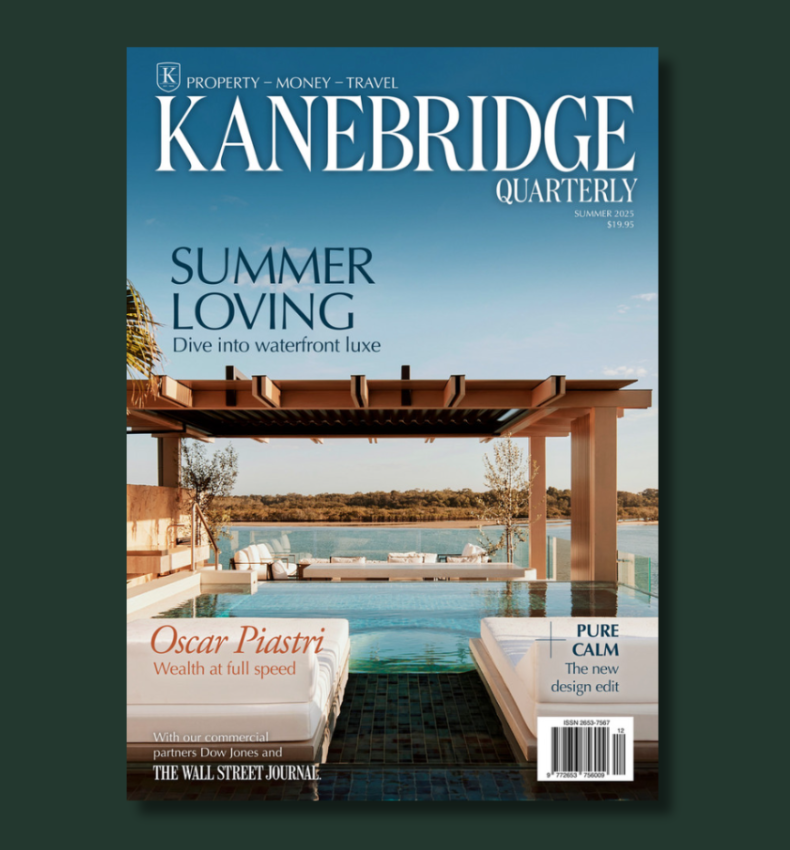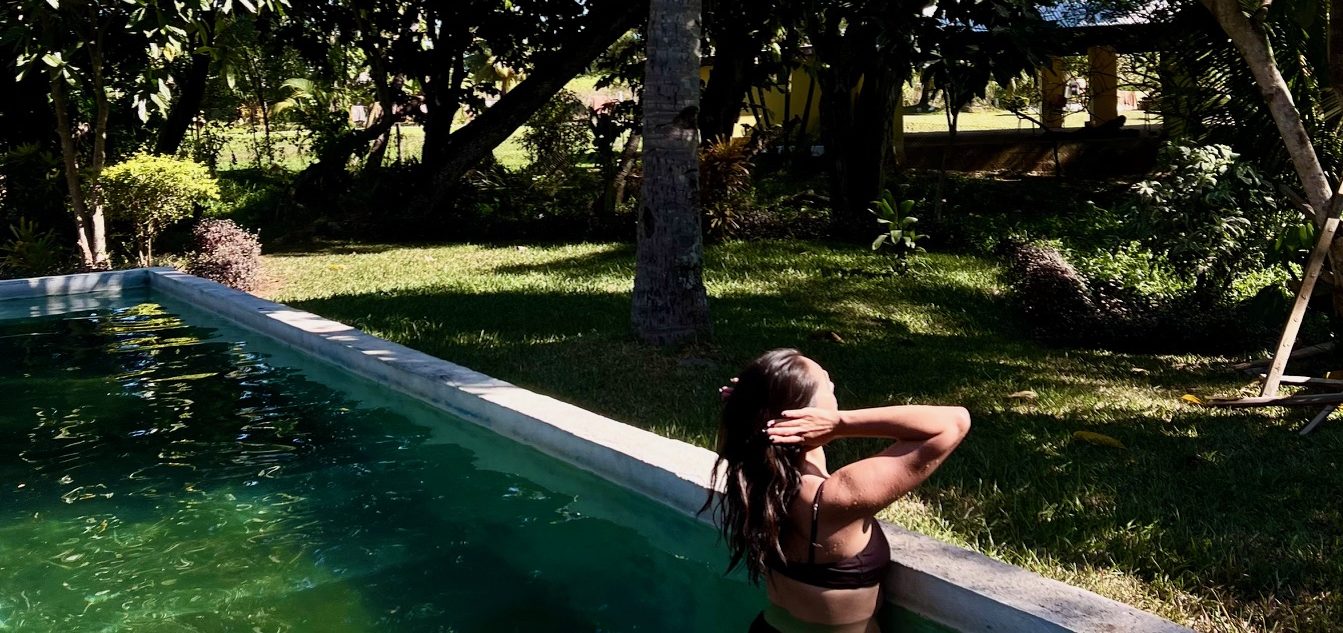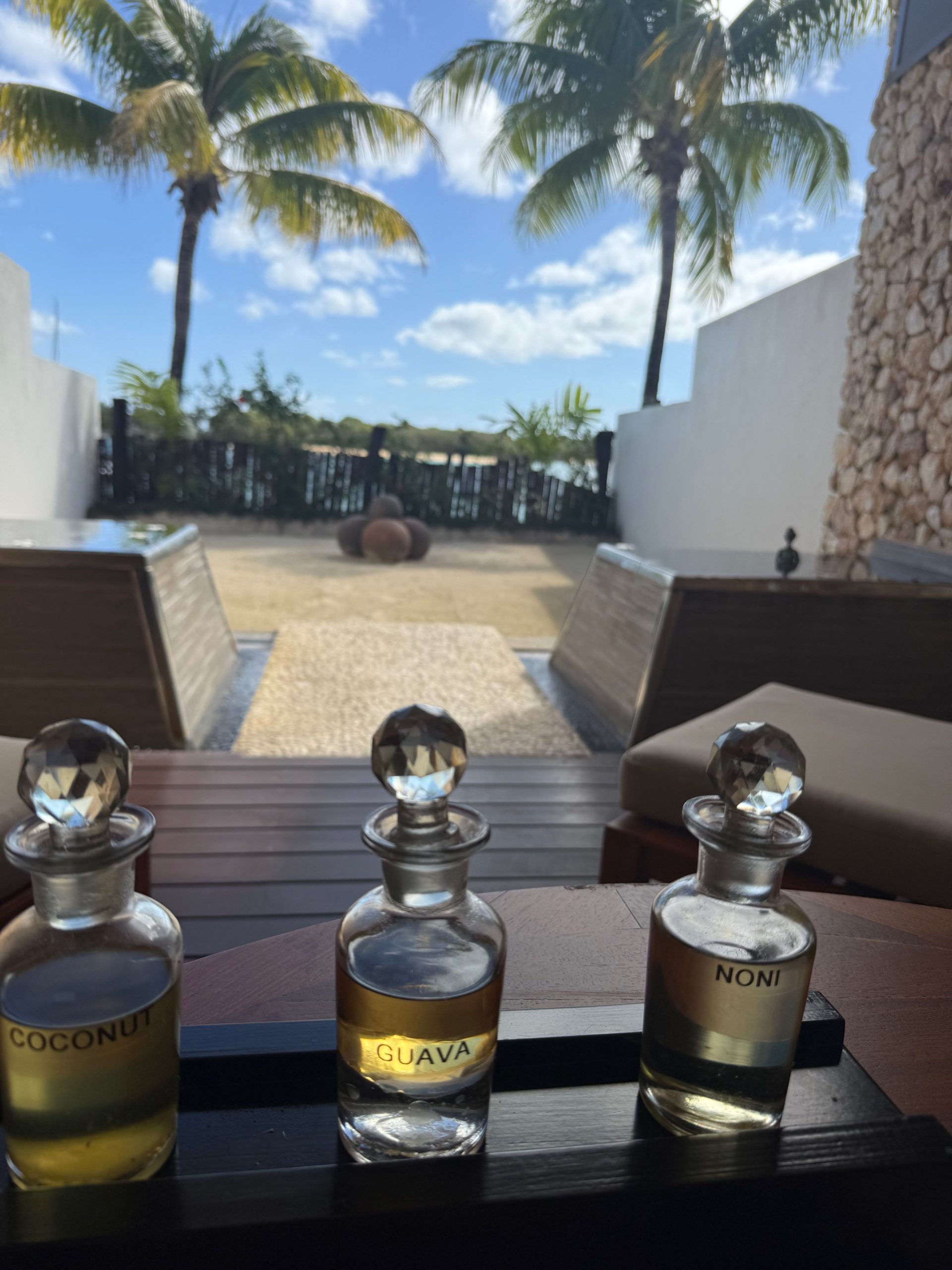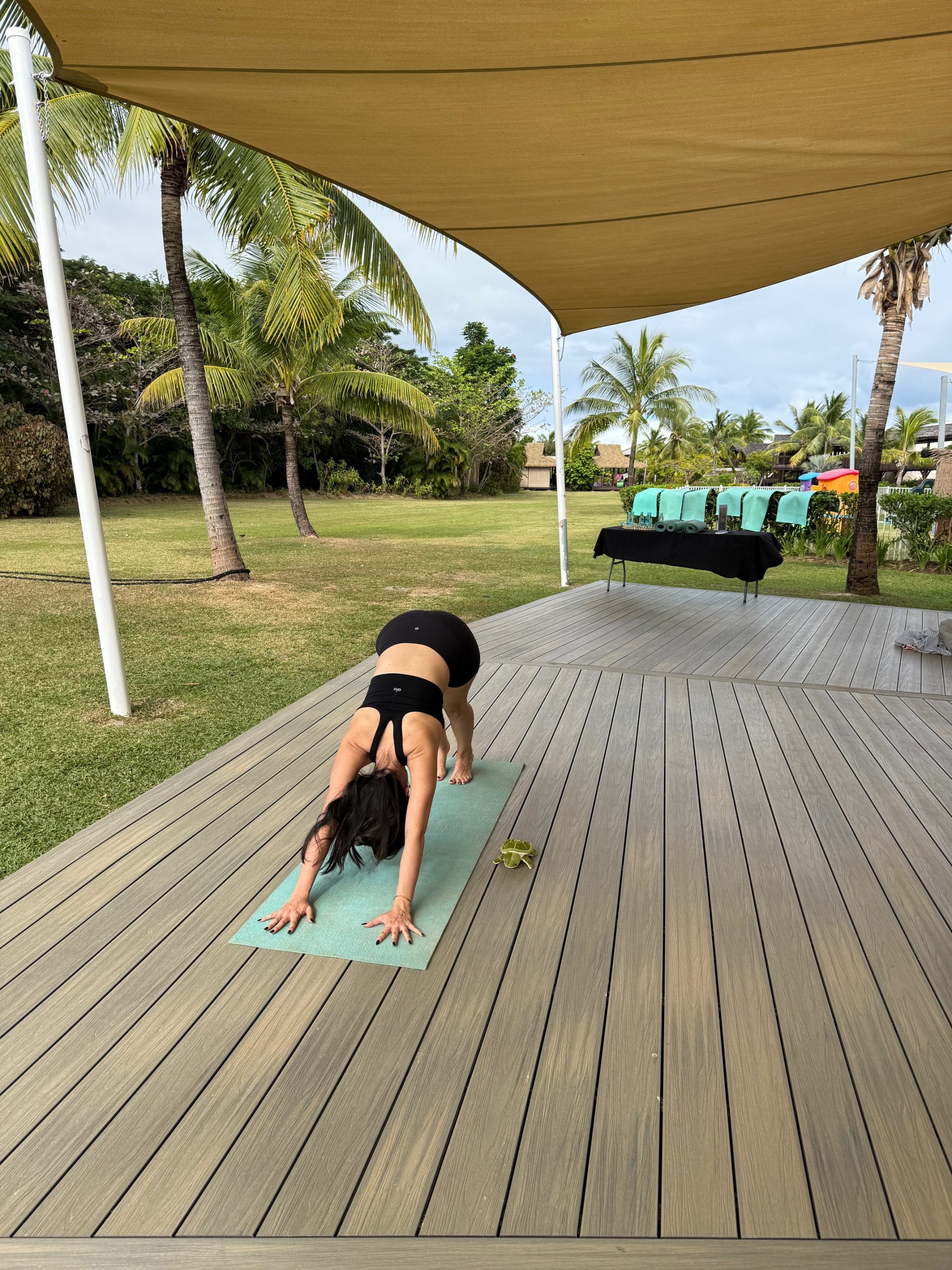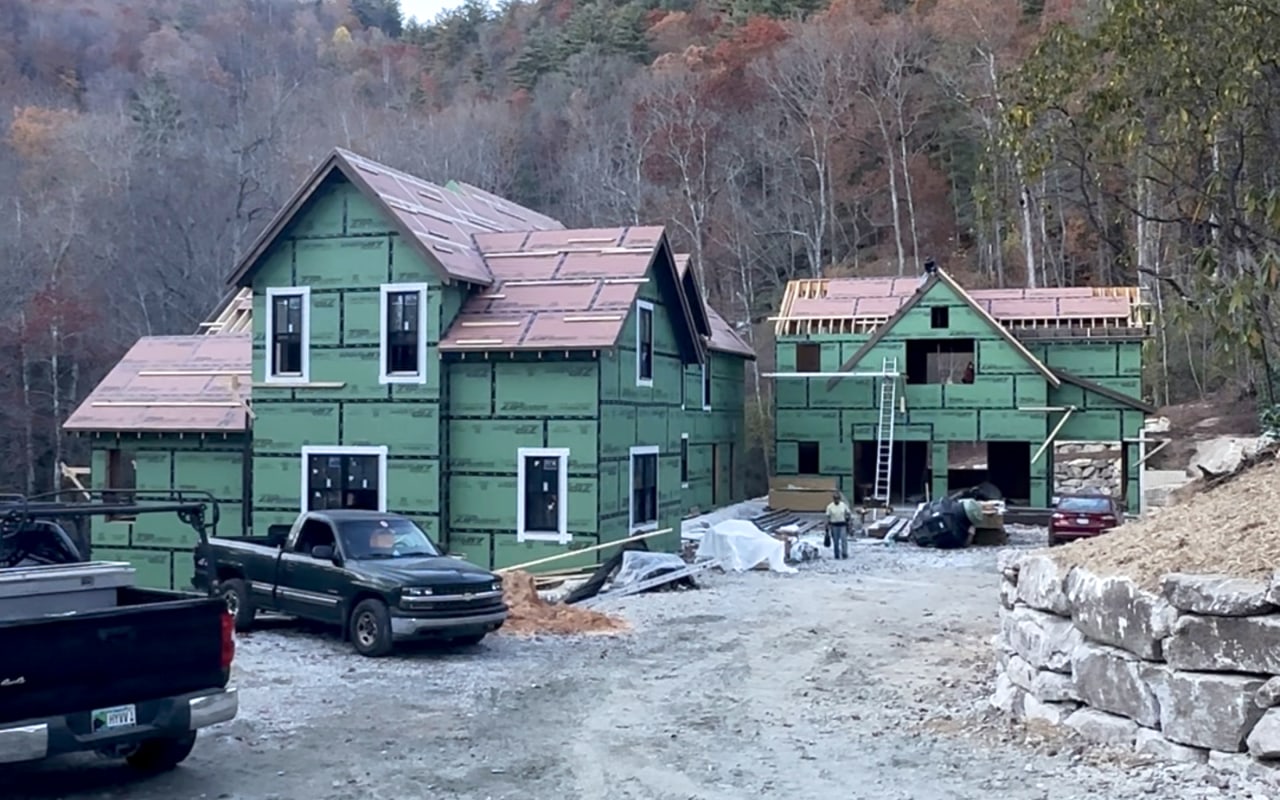Four Ways To Feel the Glow With Heat Therapy
From mud baths to herbal massages, Fiji’s heat rituals turned one winter escape into a soul-deep reset.
As someone who grew up in the endless sun of Southern California, I’ve never quite adjusted to the concept of winter. My threshold for “cold” is embarrassingly low – anything below 20°C sends me into survival mode. And living in Sydney now, every time the calendar tips toward June, my instinct kicks in: seek warmth. Any warmth. Immediately.
In years past, my winter ritual involved locking myself in a Bikram yoga studio in Darlinghurst, sweating through 90 minutes of stillness, fire, and surrender.
But this year, the craving ran deeper. I wasn’t just in search of heat; I needed something restorative. Something sun-drenched, soul-soothing, and slightly off-grid. I didn’t just want to survive winter; I wanted to reset.
So, I did what any sun-seeking woman with a wild heart and a family of six might do: I packed our bags and booked a trip to Fiji. What started as a seasonal escape turned into a deep, healing experience centred around one of the most ancient, powerful forces in the world: heat.
The Mud Baths & Thermal Pools: Earth-Generated Magic
There’s something undeniably grounding about smearing warm volcanic mud across your skin in the heart of Fiji. And no, you’re not wading into a bubbling mud pit like some prehistoric spa-goer. Instead, you’re handed the rich, mineral-loaded mud in buckets – thick, cool to the touch, and dark as wet clay—and encouraged to paint it onto your body. It’s part ritual, part play.
My youngest dove in without hesitation, streaking mud across his cheeks like a mini warrior, giggling as the clay dried into a cracking shell. My older kids, on the other hand, stood back at first, clearly hesitant to get dirty.
But the more they watched everyone embracing the mess, the more they softened. One by one, they joined in, eventually laughing and covering themselves head to toe. Later, they admitted they were glad they did it – that it was way more fun (and relaxing) than they’d expected.
Once the mud dries and begins to flake off under the sun, the real magic begins. You move through a series of naturally heated thermal pools, each one warmer than the last. It’s not just about rinsing off – it’s about surrender. The heat seeps into your muscles, quieting your mind, easing your body into stillness. You feel the tension lift, the weight of the everyday loosen.
Barefoot Movement Under the Sun: Grounding Through Heat and Earth
One of the simplest yet most powerful rituals I practised in Fiji was also the most natural—walking barefoot under the sun. No shoes, no schedule. Just me, warm sand, and the soft rhythm of movement.
Each morning or late afternoon, I’d wander along the beach, letting the tropical sun heat my skin and the golden sand press into the soles of my feet. This wasn’t just a walk—it was heat therapy in motion. The sensation of sun-warmed earth beneath me felt primal and deeply grounding. With every step, I could feel my body recalibrating, my nervous system softening, my mind unclenching.
Walking barefoot in a warm climate activates something ancient in us. It combines the benefits of heat, natural reflexology and earthing – a practice that connects your body directly to the electromagnetic frequency of the planet. In wellness circles, it’s believed to reduce inflammation, balance cortisol levels, and even improve sleep.
But I wasn’t thinking about the science at the time. I was just feeling. I was present. I was soaking in the warmth, both from above and below. And in those moments—between steps, between breaths—I felt a kind of wholeness I didn’t know I’d lost.
The Fijian Hot Herbal Poultice: A Tropical Embrace
If you’ve never experienced a hot herbal poultice massage, allow me to set the scene: bundles of freshly picked island herbs—wrapped in cloth, steeped in coconut oil, and steamed until they’re nearly too hot to touch. Then, slowly, rhythmically, they’re pressed into your skin.
It’s not just a massage. It’s a ceremony. The heat from the compresses reaches deep into the muscle tissue, melting away months of stress, while the scent of local botanicals lingers in the air—think ginger, lemongrass, wild mint. I could feel my nervous system recalibrating with each press.
This was the treatment I didn’t know I needed—the one that reminded me what deep exhale feels like. It was luxurious, yes, but also humbling. Rooted in Fijian tradition, the experience felt like being held by the island itself.
Yoga in the Morning Sun: Building the Fire Within
Every morning, while the rest of my family eased into the day, I claimed a quiet corner of the resort gym deck overlooking the ocean. No complex flows, no pressure to “perform”—just me, my mat, and the rising sun.
The warmth on my skin as I moved slowly—stretching, breathing, simply existing—was its own kind of therapy. On some days, I followed a downloaded 20-minute flow; on others, I let my body decide what it needed. But every session had the same goal: to build internal heat. To ignite my energy from the inside out.
That, I realised, is the essence of heat wellness. It’s not always about stepping into something hot. Sometimes, it’s about letting the warmth within you rise up and take over.
Why We Chase the Heat
There’s a reason cultures across the globe have long incorporated heat into their wellness rituals—from Turkish hammams to Finnish saunas to Japanese onsens. Heat cleanses, softens, recalibrates. It strips away layers—literal and emotional—and brings you back to your most essential self.
Physiologically, it improves circulation, reduces inflammation and eases muscle pain. But emotionally, heat provides something even deeper: a sense of surrender. A return to presence. A softness in a world that often feels far too sharp.
For me, Fiji wasn’t just about escaping winter – it was about remembering that heat is medicine. It’s a ritual. It’s connection. And it’s something we can carry with us, even when we return home.
From gorilla encounters in Uganda to a reimagined Okavango retreat, Abercrombie & Kent elevates its African journeys with two spectacular lodge transformations.
The PG rating has become the king of the box office. The entertainment business now relies on kids dragging their parents to theatres.
From gorilla encounters in Uganda to a reimagined Okavango retreat, Abercrombie & Kent elevates its African journeys with two spectacular lodge transformations.
Abercrombie & Kent has strengthened its position as the world’s leading experiential travel company with two newly transformed lodges in Africa, signalling a new era of tailormade luxury for guests seeking deeply personal, once-in-a-lifetime journeys on the continent that shaped the brand more than 60 years ago.
For A&K, Africa is not just another destination; it is the birthplace of the company and the foundation of its pioneering approach to responsible luxury travel.
Tailormade journeys allow guests to explore this vast continent entirely on their own terms, supported by a global network of destination experts, specialist guides, and on-the-ground “guardian angels” available around the clock.
Every tailormade itinerary is a fully customised experience, interweaving iconic highlights with hidden wonders. Whether guests dream of tracking wildlife on remote plains, discovering ancient cultures, or reconnecting with family in one of Africa’s most inspiring landscapes, each journey is designed to be as unique as the traveller themselves.
Abercrombie & Kent’s African portfolio has entered a new chapter with the reveal of two extensively rebuilt Sanctuary lodges in Uganda and Botswana, each designed to elevate the experience of Tailormade travel, the luxury company’s signature approach to deeply personal, fully customised journeys.
For more than 60 years, A&K has drawn on its roots in East Africa to craft exceptional, high-touch adventures for travellers seeking privacy, immersion and meaning.
With the reopening of Gorilla Forest Lodge in Uganda and Baines’ Lodge in Botswana’s Okavango Delta, the brand is doubling down on the blend of design, wildlife access and sustainability that has long set it apart.
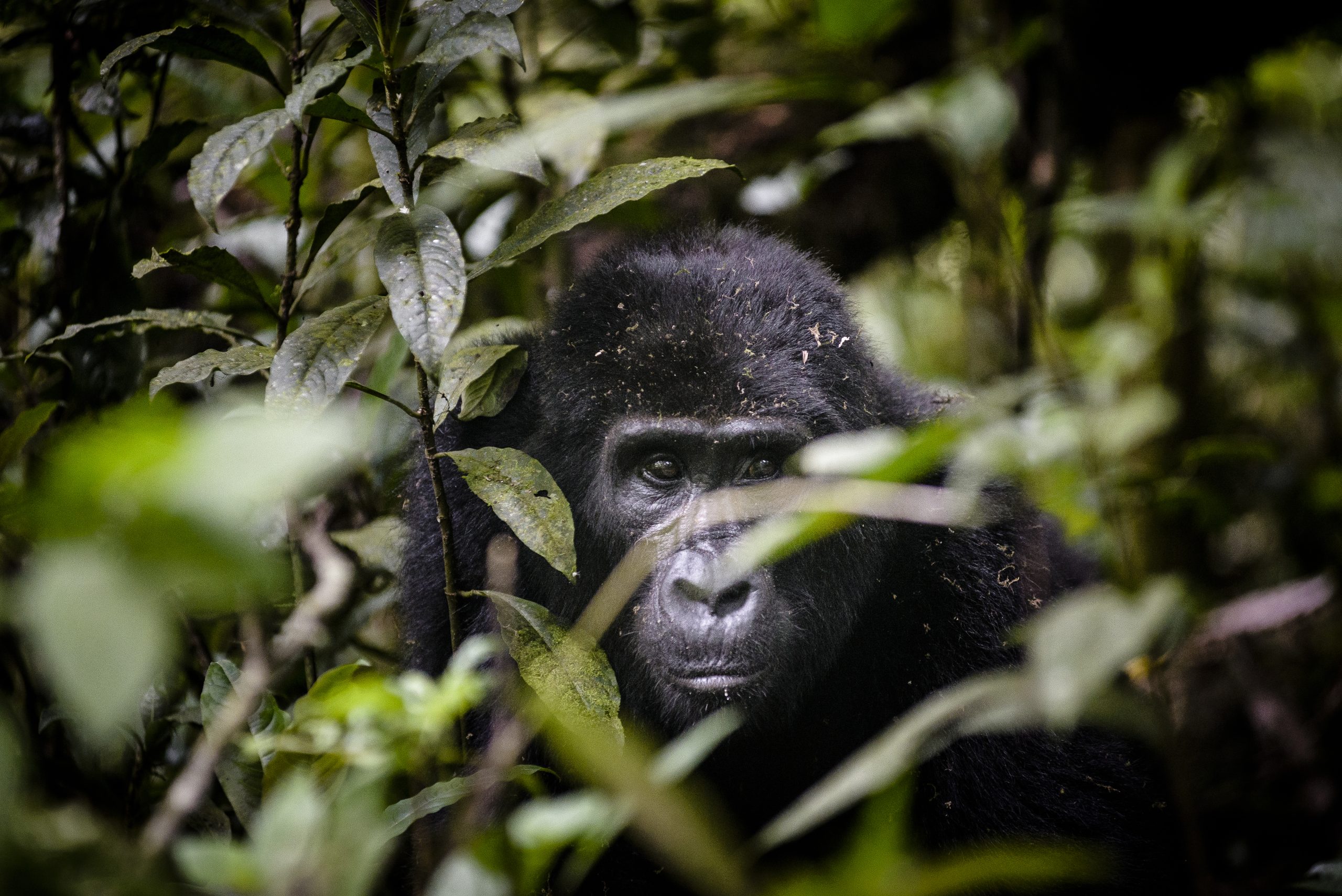
Gorilla Forest Lodge: A New Benchmark
Tucked inside one of the world’s most biologically rich regions, Gorilla Forest Lodge, an A&K Sanctuary, has long had a singular claim: it is the only luxury lodge located within the actual boundaries of Bwindi Impenetrable National Park.
Already extraordinary in location, the lodge has now undergone a complete transformation — and the result is a deeply refined, fully immersive sanctuary designed with both sensitivity and ambition.
Design that draws from the forest, not against it
The rebuild significantly expands each of the ten guest suites, creating generous private sanctuaries suspended in the rainforest canopy. Interiors draw directly from local craft traditions — banana-fibre ceilings, handwoven textiles, reclaimed woodwork and artisanal detailing made in nearby communities. The effect is layered, tactile and unmistakably Ugandan.
Bathrooms have been reimagined as spa-like retreats, with freestanding bathtubs positioned for forest views and rain showers opening to private decks. Each suite now includes its own lounge, an oversized bed, and an elevated deck where guests often spot the region’s famed mountain gorillas at dawn.
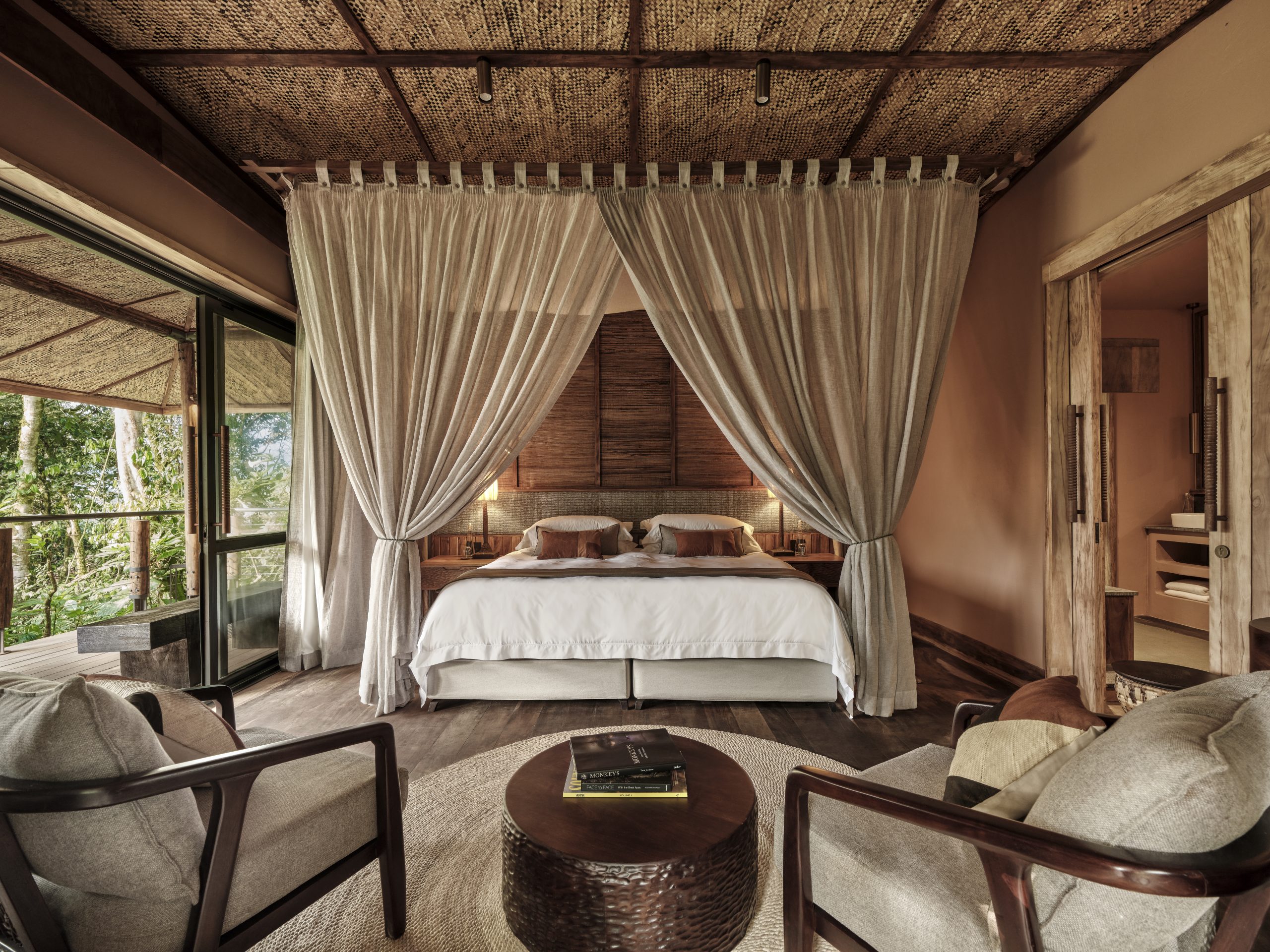
Conservation and culture at the centre
The lodge’s redesign continues A&K’s decades-long commitment to Uganda’s local communities. Every stay contributes to A&K Philanthropy projects, including education initiatives and healthcare access for villages bordering the park.
Geoffrey Kent’s deep history in Uganda, stretching back more than 40 years, is woven into the property’s ethos. Guests can participate in conservation-oriented activities, guided by expert trackers who work directly with the Uganda Wildlife Authority.
An experience shaped by rarity
Gorilla trekking remains one of the most extraordinary wildlife experiences on the planet. Being based inside the park means trekking groups can depart directly from the lodge, often reaching gorilla families in shorter times than guests staying outside the gates.
The result is an experience that feels both exclusive and unhurried, exactly what A&K’s Tailormade travellers value.

Baines’ Lodge: A Six-Suite Masterpiece Reborn in the Okavango Delta
Botswana’s Okavango Delta is one of Africa’s most iconic landscapes — a shifting world of floodplains, lagoons and wildlife-rich islands. Within this UNESCO World Heritage Site, Baines’ Lodge, an A&K Sanctuary, has emerged from a top-to-bottom rebuild that elevates it into one of the most intimate and design-driven lodges in the Delta.
A River Pavilion in the Wilderness
Set on the banks of the Boro River, the new Baines’ Lodge is constructed on stilts, lifting the six suites high above the floodplains. The architecture embraces an “African pavilion gallery” concept: column-lined walkways, soaring ceilings and open-sided lounges that dissolve the barrier between interior and wilderness.
The colour palette draws from the Delta itself — muted greens, reeds, sun-washed timber, handwoven ceilings and raw natural textures that give the lodge a sculptural quietness.
Six suites, each a private retreat
Every suite has been reimagined with:
• Deep soak tubs with uninterrupted water views
• Private decks and outdoor seating for birdwatching and stargazing
• Contemporary African art and artisanal pieces
• Expansive indoor-outdoor bathrooms
• King beds with mosquito-net canopies
• Soft, indirect lighting that mirrors the Delta’s shifting tones
Despite its refined interiors, the lodge remains deeply committed to environmental sensitivity. Lunawood, a lightweight timber material, forms much of the structure, ensuring minimal environmental impact and allowing the lodge to be removed without damaging the landscape, which is an unusually progressive approach for a luxury property.
Wildlife at your doorstep
Because the lodge is located on a permanent channel of the Delta, game viewing is exceptional year-round. Guests can explore by:
• Mokoro (traditional dugout canoe)
• Motorboat
• Guided walking safaris
• 4×4 game drives
• Private river cruises
• Sundowner excursions along the floodplains
The area is known for elephant herds, wild dogs, lions, leopards, hippos and rare birdlife, all often visible directly from the lodge’s deck.
Tailormade Africa: The Signature Advantage
While many safari operators offer luxury, A&K’s Tailormade approach is built around something rarer: absolute personalisation.
Guests receive access to:
• Private guides and handpicked specialists
• Seamless logistics across remote areas
• Behind-the-scenes experiences not open to the public
• 24/7 on-the-ground support
• Carefully choreographed transfers between lodges, parks and cities
• Exclusive conservation and community activities
A New African Chapter
The reopening of Gorilla Forest Lodge and Baines’ Lodge marks a significant investment in Africa by Abercrombie & Kent, reinforcing its mission to offer world-leading luxury experiences that honour place, elevate culture and maintain a light environmental footprint.
Both properties are now open, with bookings available as part of fully Tailormade itineraries crafted exclusively by A&K’s global network of experts.
The PG rating has become the king of the box office. The entertainment business now relies on kids dragging their parents to theatres.
From farm-to-table Thai to fairy-lit mango trees and Coral Sea vistas, Port Douglas has award-winning dining and plenty of tropical charm on the side.



